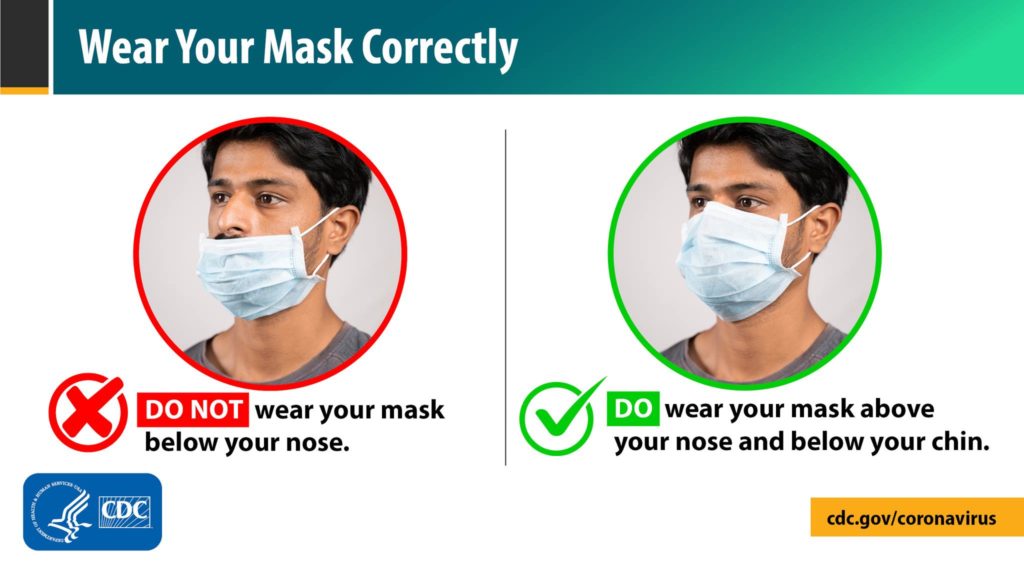UTRGV School of Medicine professors talk about mask effectiveness

Brigitte Ortiz | THE RIDER
As the pandemic progresses, masks in the Rio Grande Valley have become mandatory in public. Facial coverings made of certain materials can reduce the risk of infected particles from being transmitted, UTRGV School of Medicine professors say.
Jose Campo Maldonado, an assistant professor of internal medicine and director of infection surveillance at the UTRGV School of Medicine, said masks are a part of a comprehensive strategy that should include multiple public health measures, including social distancing and being aware that transmission is more likely in crowded places.
“If you take masks as an isolated intervention, I don’t think it’s going to be very effective,” Maldonado said. “But, when you put it together at a population level with those other interventions, then it can make a major difference.”
He said the type of masks that have been recognized by the World Health Organization and Centers for Disease Control and Prevention are fabric masks.
“In general, what we call cloth masks, so that type of mask is recommended to be used especially if you’re going to be in a COVID area where you cannot keep your distance from others,” Maldonado said.
He suggests following hygiene guidelines, including cleaning your surroundings and washing your hands.
“The other concern about mask use … is that some people may think that using a mask will protect them from everything and that may be, to some people, taking high risks like being in a place where they shouldn’t, in a crowded space where they shouldn’t be,” Maldonado said. “So, that’s why I always emphasize that it’s not just only the mask, it’s everything together.”
Cristel Escalona, division chief and a professor in the Pediatrics Department, said the thinner the fabric on the mask the easier the infective droplets can get out. Instead of using, for example, bandannas, she recommends masks with three pleats or more.”
“There’s other masks that have valves and so … it’s supposed to be easier for people to breathe out of, but then the problem is that whatever I’m exhaling through the valves has no filter on it,” Escalona said. “So, basically, I’m exhaling unfiltered air and the idea whenever you wear a mask [is] to protect yourself as well as others. And, if you have one of these valves, you’re breathing out unfiltered air, you’re not doing a very good job protecting your neighbor.”
Asked what the recommended fabric for a homemade mask is, she replied, “Cotton is the best because cotton does well on most people’s skin and it breathes well as a fabric.”
Other types of masks include an N95. Escalona said this type of facial covering stops 95% of what’s coming out or in, so it filters out up to .5 microns.
“So, with those that are tested in a lab you know exactly what’s being exhaled and how much of it,” she said. “So, N95s are obviously really, really good.”
Escalona said if a good set of hard rules are followed, then the chances of contracting the virus are low. If you disregard them, then you become a target for the virus.





